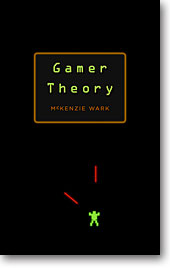The motion, which passed easily at yesterday’s Faculty meeting, grants Harvard a non-exclusive copyright over all articles produced by any current Faculty member, allowing for the creation of an online repository that would be “available to other services such as web harvesters, Google Scholar, and the like.”
…English professor Stephen Greenblatt, the editor of what he described as a journal with “a decent reputation and a quite anemic subscription base,” advocated for the motion because he doubted it would accelerate the death of his journal, and because he said he was worried about the currently high cost of many monographs.
“This is one of the only ways we can break the backs of the monopolists who are currently seriously damaging our fields,” he said.
“The chorus of ‘yeas’ was thunderous,” Robert Darnton, the director of the University Library, wrote in an e-mail message. “I hope this marks a turning point in the way communications operate in the world of scholarship.”

 How can we ‘see’ a written text? Do you have a new way of visualizing writing on the screen? If so, then McKenzie Wark and the Institute for the Future of the Book have a challenge for you. We want you to visualize McKenzie’s new book, Gamer Theory.
How can we ‘see’ a written text? Do you have a new way of visualizing writing on the screen? If so, then McKenzie Wark and the Institute for the Future of the Book have a challenge for you. We want you to visualize McKenzie’s new book, Gamer Theory.